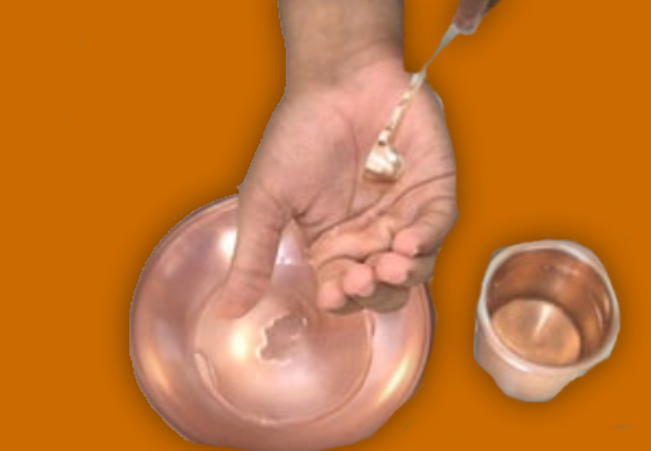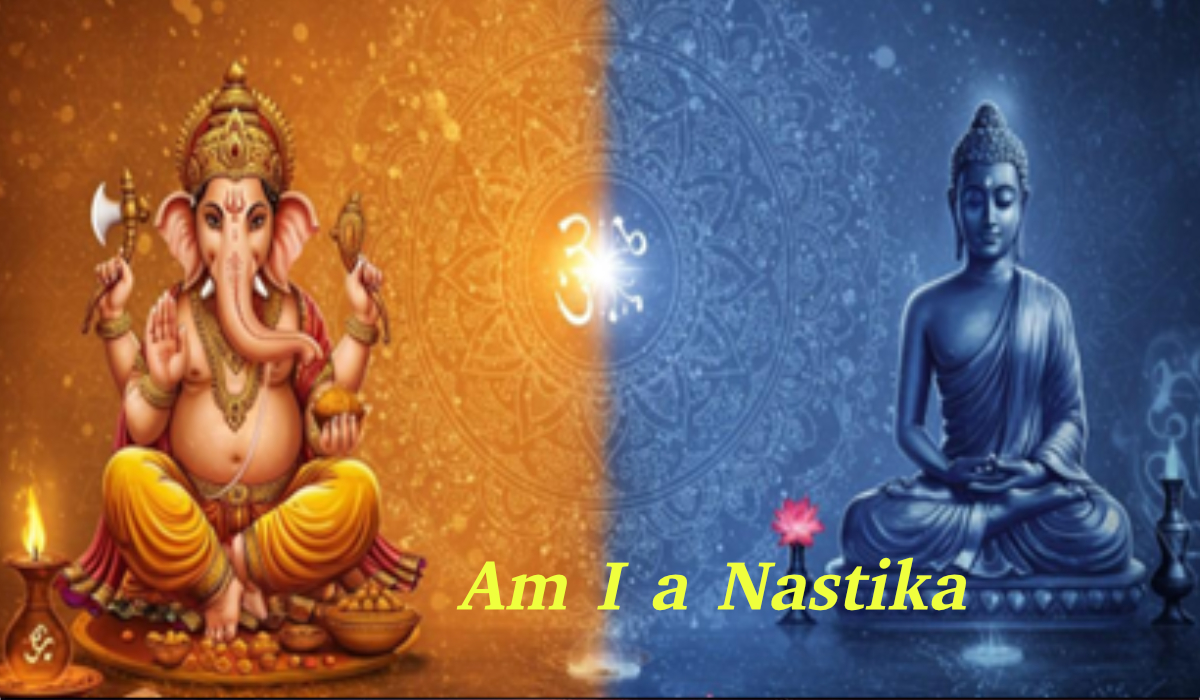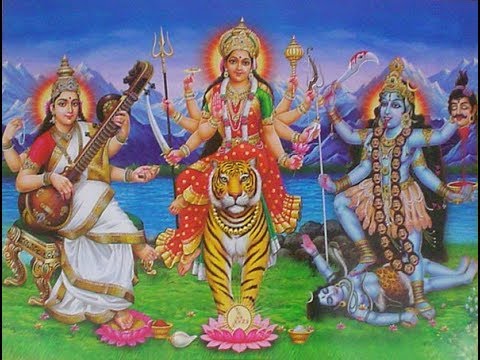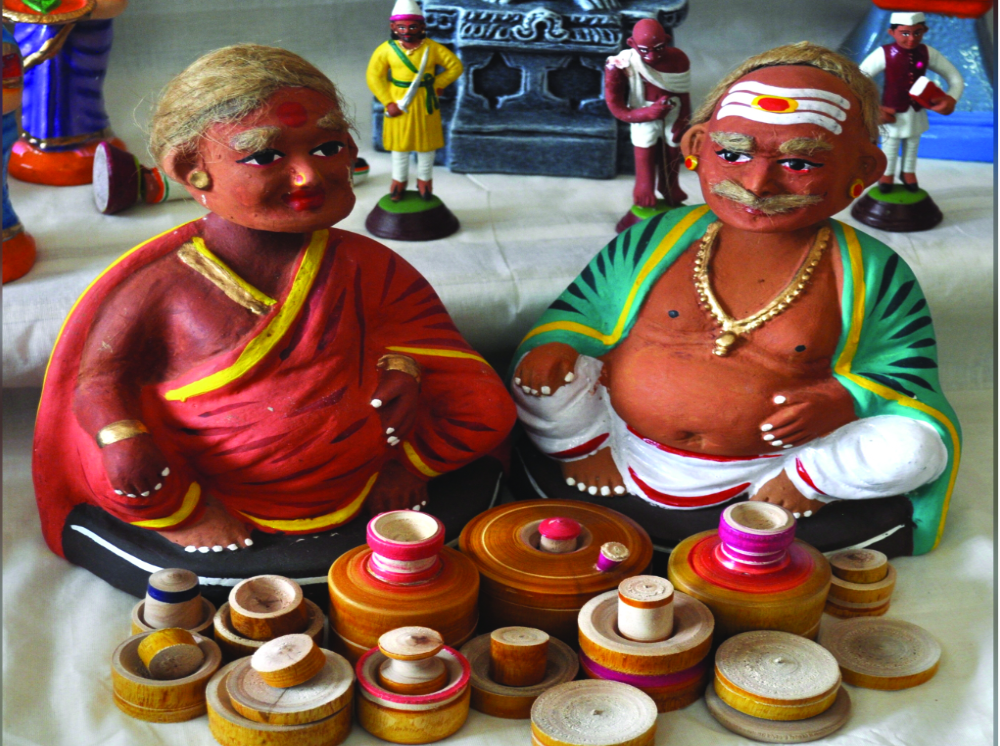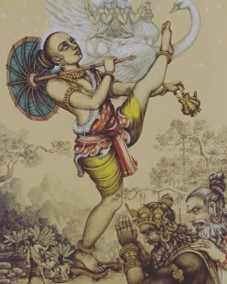36 – Tarpanam
TARPANAM
Conversation With Aiya (36)
After a long while, I was happy to meet Ayya during my afternoon walk.
“Great to see you, Ayya!” I greeted warmly.
“Indeed! All well?” he asked.
“Yes, Ayya. I just performed the ‘Tarpanam’ to mark the beginning of ‘Mahālaya-Paksham’ today. Came for a stroll—nice to see you.”
“Good,” Ayya replied.
“I’ve been doing this every year since my parents passed away. But honestly, I don’t fully understand its significance.”
“The significance of what—doing Tarpanam?” he probed.
“I gather the word ‘Tarpan’ stems from the root ‘trp’, meaning to satisfy. So, I suppose Tarpanam is meant to please our ancestors. I’ve heard that if we don’t do it, our ancestors may suffer from hunger or thirst or their sins may go unmitigated. So, I’ve obliged out of duty, even without fully reasoning it.”
Ayya laughed heartily. “So you want to reason it out?”
“Yes, Ayya—at least enough to answer those who question it! People ask: how could pouring water with sesame seeds on the ground quench the thirst of the departed? The dead are not living; can they actually eat or drink?”
“From your viewpoint, of course not. The water and sesame seeds are simply poured on the ground. Feeding birds or the needy may have its reward, but it hardly seems to fulfill the deceased,” Ayya said with a twinkle.
I wondered if he was teasing me. “In all seriousness, Ayya, I want to know: how do the deceased accept our offerings? Why do they need them? And why especially on Amāvāsya, the New Moon, and during these 14 days of Mahālaya Paksham?”
“To answer that, we need to understand life after death. Do you believe there’s life after death?” he asked.
“Yes, Ayya. I can’t accept that death is complete dissolution. If life ends entirely, then morality and Dharma lose meaning. Actions produce effects; surely, something continues.”
“That makes it easier then. Life after death implies taking on another embodiment, sometime, somewhere. Agree?”
“Yes. Ideally, a better form in a better world.”
“That’s why we strive for good karma, hoping for a more enriched future life—maybe here, maybe in heaven.”
As I waited, Ayya continued, “Tell me, are you ready for an enriched embodiment now?”
Puzzled, I asked, “Are you asking if I’m ready to die?”
He laughed. “Of course not! No one welcomes death, even knowing it’s the gateway to another birth. As Patanjali says, our fear of death—‘abhiniveśa’—makes us cling to this life.”
“Yes, Ayya. Even a spider would flee from death, wishing to hold on to its body. That’s ignorance.”
“Except for seers and jnanis, everyone fears death. When death comes and our allotted karma for this life is spent, we are forced to leave.”
“How?” I asked.
“The physical body, ‘Sthula-Śarīra’, made of the elements, is gross and insentient.”
“Yes, Ayya. You have told me before—made of food, it’s tangible.”
“But there’s another layer or sheath called ‘Sūkṣmaśarīra’, the subtle body—mind, senses, intellect, ego. Both are held together by ‘Prāna-śakti’, the life-force.”
“Ayya, is prana the same as breathing?”
“Breathing is just one expression. Prāna-śakti is the animating force. When it leaves, life is gone.”
“That’s why we say ‘his prana has gone’ to mean someone has died?”
“Exactly. At death, prana departs and the Sthula-Śarīra returns to nature—cremated or buried.”
“So when my father died, I only cremated his body, not him?”
“Yes. The true ‘person’ is the Sūkṣmaśarīra, the subtle body.”
“Then, after death, the person is just Sūkṣmaśarīra?”
“Yes.”
“And what then?”
“Prāna lifts the Sūkṣmaśarīra, or ‘jiva’, away from the body, guided by a ‘map’ called ‘Vasana’—the collected results and desires from past karmas. Prāna carries the jiva to a new embodiment to exhaust these vasanas.”
“Vasana means fragrance, right?”
“Yes, as fragrance lingers after its source is gone, so do karmic impressions remain after death.”
“Where are these maps stored?”
“They’re like another sheath: ‘Karana Sharira’, the causal body, always attached to Jiva.”
“And when that map is erased?”
“Then there’s moksha—no more birth or death. But for now, let’s return to Tarpanam.”
“So, what happens to the jiva after death?”
“The jiva doesn’t immediately realize it has left the body. It sees its loved ones mourning, tries to connect, but in vain. When it finally realizes its state, deprived of the means to act or perceive, it feels desperate—especially as the body is cremated in front of it.”
“Does it feel hunger and thirst?”
“Yes—the association with Prāna-śakti means it feels these urges. That’s why the living offer water and food in rituals; the offerings serve as a symbolic farewell.”
“How does the jiva perceive its journey?”
“In darkness—unless virtues acquired in life light the way. Garuda Purana says the journey starts on the 7th day after death, transcends worlds on the 10th, and reaches ‘Pitruloka’, the realm of ancestors.”
“Where is Pitruloka?”
“Ancient texts say it’s on the far side of the Moon, the side unseen from Earth.”
“I know we always see one side of the Moon, due to its synchronous rotation.”
“Correct. The far side is not perpetually dark; it has day and night. Hindus believe that in Pitruloka, Jivas ‘consume’ moonlight for sustenance, as long as prana remains.”
“How can they consume light?”
“Sūkṣmaśarīra has no gross organs—everything is at the atomic or energetic level. Energy feeds it. During Amāvāsya, there’s no moonlight—so, it is believed, the ancestors need sustenance from their descendants’ offerings.”
“Is that why Tarpanam is done on Amāvāsya?”
“Yes. Matter and energy are not distinct; material actions done with sincerity transform into subtle energies that travel across worlds. That’s the spirit of ‘shraddha’ rituals—offering with faith nourishes the ancestors.”
“And the purpose of til (sesame) seeds?”
“Black sesame seeds are said to have a special potency and foster sattva guna. They are symbolic, tokens of gratitude.”
“Do I gain anything by performing Tarpanam?”
“If your goal is only gain, many scriptures speak of ‘adrishta phala’—unseen merits—that benefit the doer. But the act is one of duty and gratitude, not transaction.”
“And if someone doesn’t perform Tarpanam?”
“If one knows this duty yet neglects it, scriptures consider it sinful. Puranic stories are meant to gently nudge us towards what is ultimately for our good.”
“How long must one perform it? If the ancestor is reborn, why continue?”
“A logical question—but we can’t know for sure; time flows differently in each world. We fulfill our duties as long as we live. Even if one’s ancestor is reborn, continued Tarpana may bring unseen blessings in their new life.”
I resolved to ask Ayya more about the specific significance of Mahālaya Paksham another time and walked thoughtfully home.
Mee. Rajagopalan
30 May 2024
